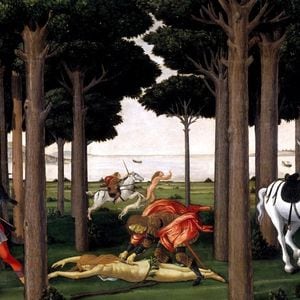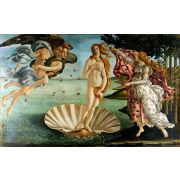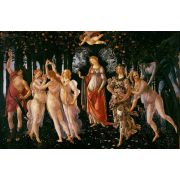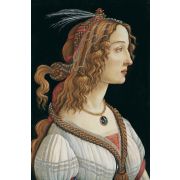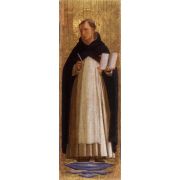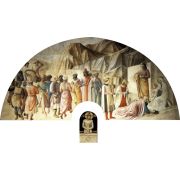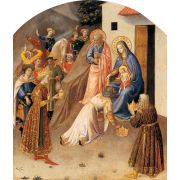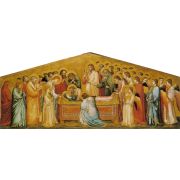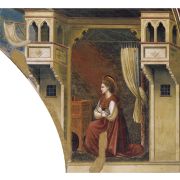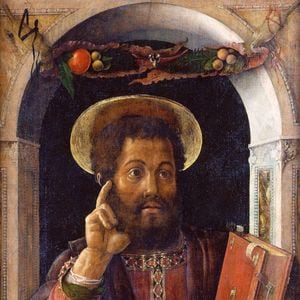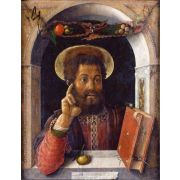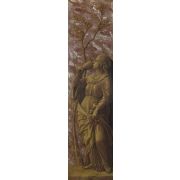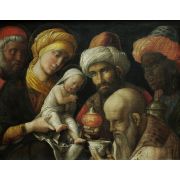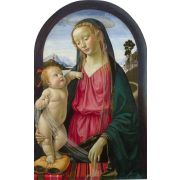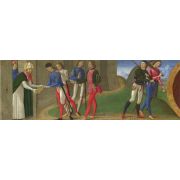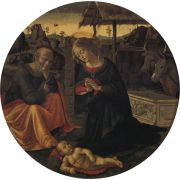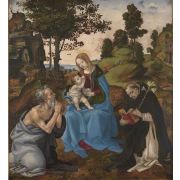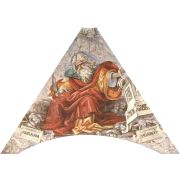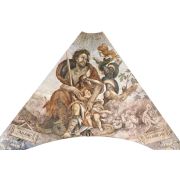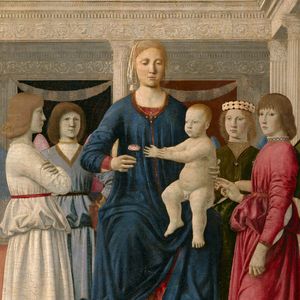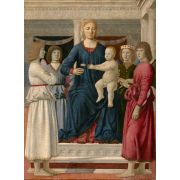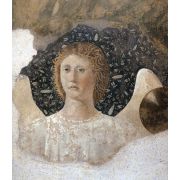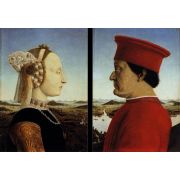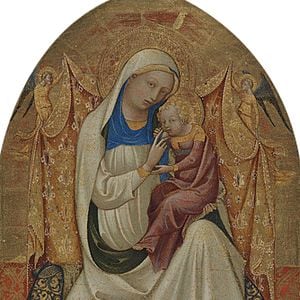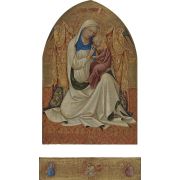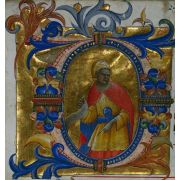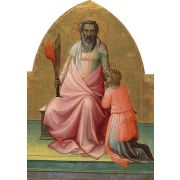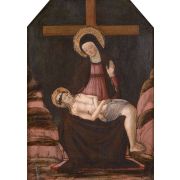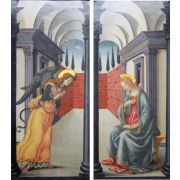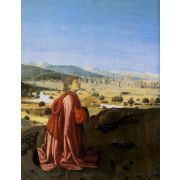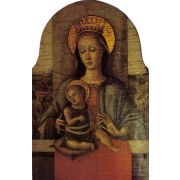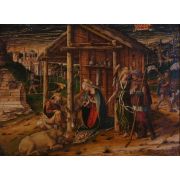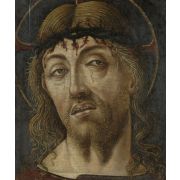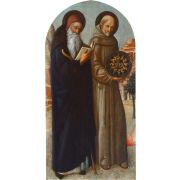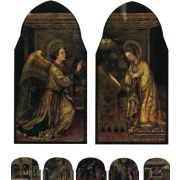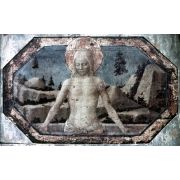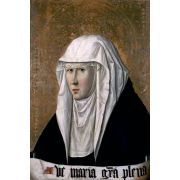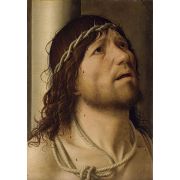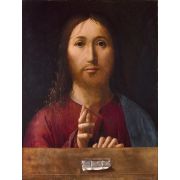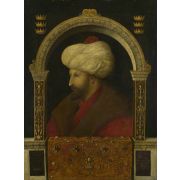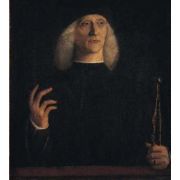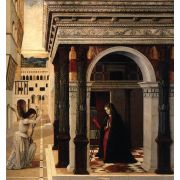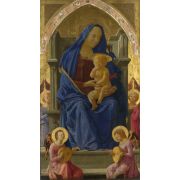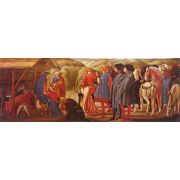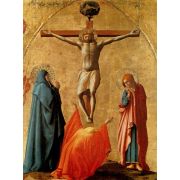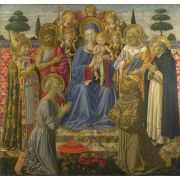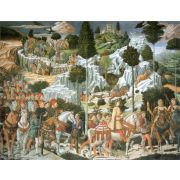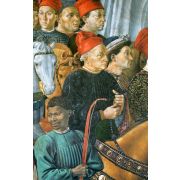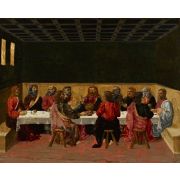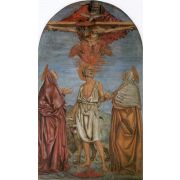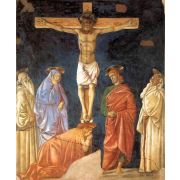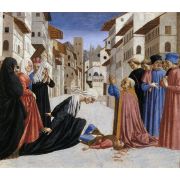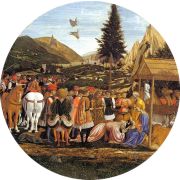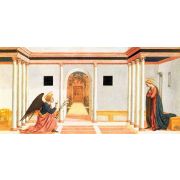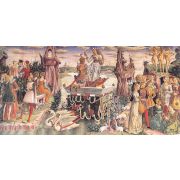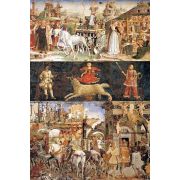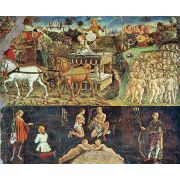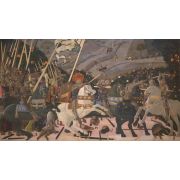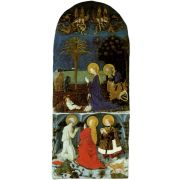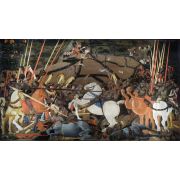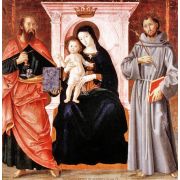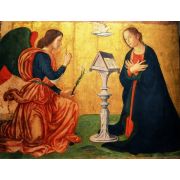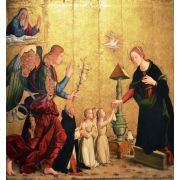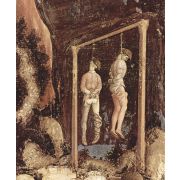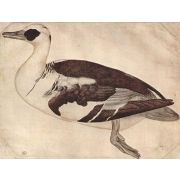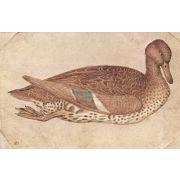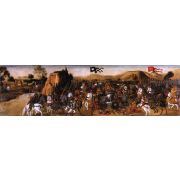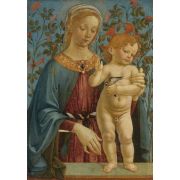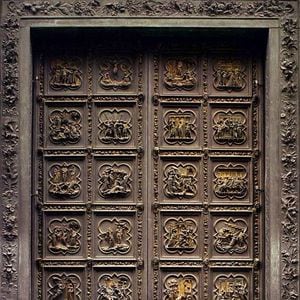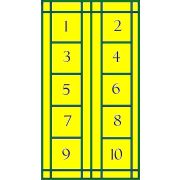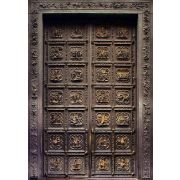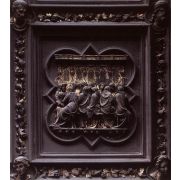
Early Renaissance
Early Renaissance
1 to 24 out of 24 artists
Sandro Botticelli
ca. 1445 -1510, Italian / Early Renaissance, 146 works
Fra Angelico
ca. 1395 -1455, Italian / Early Renaissance, 152 works
Giotto
ca. 1266 -1337, Italian / Early Renaissance, 144 works
Andrea Mantegna
ca. 1431 -1506, Italian / Early Renaissance and High Renaissance, 102 works
Domenico Ghirlandaio
ca. 1449 -1494, Italian / Early Renaissance, 102 works
Filippino Lippi
ca. 1459 -1504, Italian / High Renaissance and Early Renaissance, 84 works
Piero della Francesca
ca. 1415 -1492, Italian / Early Renaissance, 56 works
Lorenzo Monaco
ca. 1370 -1425, Italian / Early Renaissance, 55 works
Francesco Botticini
1446 -1497, Italian / Early Renaissance, 40 works
Carlo Crivelli
ca. 1435 -1495, Italian / Early Renaissance, 38 works
Jacopo Bellini
ca. 1400 -1470, Italian / Early Renaissance, 34 works
Antonello da Messina
ca. 1430 -1479, Italian / Early Renaissance, 33 works
Gentile Bellini
ca. 1429 -1507, Italian / Early Renaissance and High Renaissance, 27 works
Masaccio
1401 -1428, Italian / Early Renaissance, 23 works
Benozzo Gozzoli
ca. 1421 -1497, Italian / Early Renaissance, 22 works
Andrea del Castagno
ca. 1421 -1457, Italian / Early Renaissance, 18 works
Domenico Veneziano
ca. 1410 -1461, Italian / Early Renaissance, 17 works
Francesco del Cossa
ca. 1436 -1477, Italian / Early Renaissance, 16 works
Paolo Uccello
ca. 1397 -1475, Italian / Early Renaissance, 15 works
Antoniazzo Romano
1430 -1510, Italian / Early Renaissance, 11 works
Nuno Gonçalves
ca. 1425 -1490, Portugese / Early Renaissance, 7 works
Pisanello
1395 -1455, Italian / Early Renaissance, 23 works
Andrea del Verrocchio
ca. 1435 -1488, Italian / Early Renaissance, 29 works
1 to 24 out of 24 artists
This is what the word "Renaissance" means. It was made up of a group of intellectuals in the 19th century to celebrate three hundred years of cultural progress that began in the 15th century in Italy, especially in the city of Florence. During the 15th century, the new Renaissance culture was just getting started. At the same time, the late Gothic style was still around, so it changed in many ways. This time is called the Early Renaissance because it came before the High Renaissance.
In Italy in the 15th century, art and culture were very different depending on where you were. The late Gothic culture was still strong and alive in the north and south until the first half of the 15th century. At the same time, the Renaissance began to change Florence in the second decade of the 1400s. It spread to all of Tuscany and the rest of central and southern Italy. In Northern Italy, the Renaissance came a little later. Until the end of the 15th century, the culture was still based on International Gothic.
The significant change at this time in history has to do with how people see themselves and their place in history now. All of the areas and people of the Renaissance are based on the idea of rebirth. Artists, scholars, scientists, philosophers, architects, and rulers thought studying the Golden Ages of the Greeks and Romans was the way to become great and wise. They were influenced by Humanism, which says that man is at the center of the universe and is the highest point that can be seen. Man can change reality to suit his needs because he has reason and emotion. He can create beauty and understand what it means. The intellectuals of the Renaissance looked up to the Greek and Roman literary and philosophical traditions, as well as their art and engineering. They tried to find where great ideas and skills came from there.
Giorgio Vasari, who lived in the 1600s, was the first person to write about art and write about art history. Even then, he understood what made this time different from the Middle Ages. His idea was that at the beginning of the 13th century in Italy, art started to regain its lost realism and go back to being an "imitator of nature," as it had been in classical times. So, art was "reborn" over the next few centuries, growing from its "Boyhood" in the 14th century to its "youth" in the 15th century to its "maturity" in the 16th century.
Giotto, who lived in the 14th century and had a positive spiritual vision, started this new style of art. His Cycle of Frescoes of the Life of St. Francis, in the Upper Basilica of Assisi, shows the profiles of the figures, the expressions of the faces, the positions of the bodies, the drapery, and a glimpse of the volumes (1292-96).
Giotto's ideas grew in the 15th century, during the Early Renaissance. Architect Filippo Brunelleschi, sculptor Donatello, and painter Masaccio helped make Giotto's ideas an essential part of Humanism. Brunelleschi's Dome of the Florence Cathedral (1420–1471), Donatello's bronze David (1440s), or Masaccio's frescoes of the Stories of Saint Peter in the Brancacci Chapel (1424–1428) are all works of art that are seen as turning points in Western culture. For the first time since Classical art, these masterpieces showed a rational view of man and space, which differed from the religious belief of man and space in Gothic art.
